About Succulents
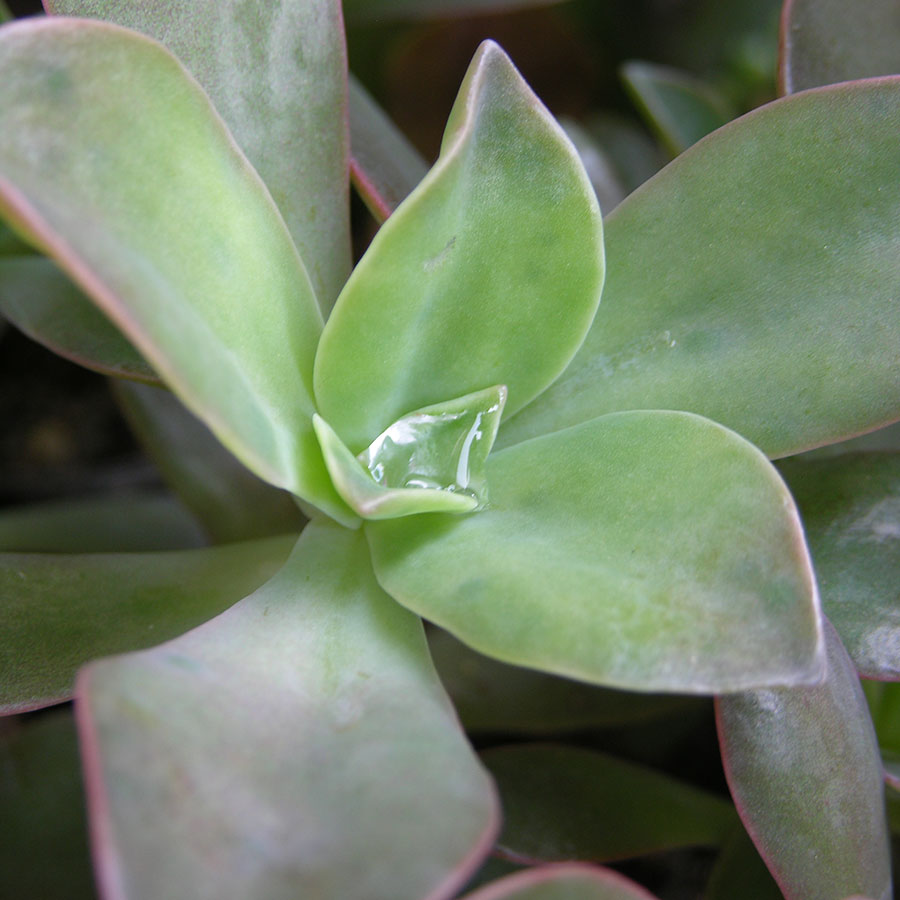
1. Juicy fruit.
With succulent plants, it’s not only the fruit that’s juicy, it’s the whole plant. These remarkable green, pink, orange, blue and purple things have the ability to store water in their leaves and stems for use when the world dries up. If you see a plant with fat leaves and stems, chances are it’s a succulent.
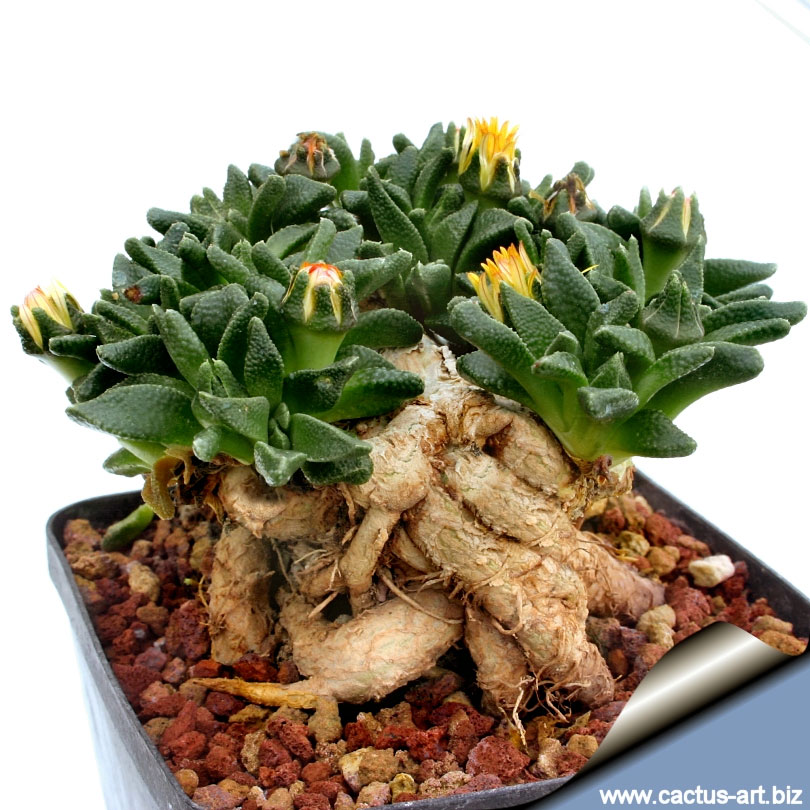
2. Fat roots.
Some plants with fat roots are succulents but not all. Geophytes such as tulips, crocuses, and lilies are not succulents even though they have fat roots. They store food for the purposes of regeneration once they have flowered. But other fat-root plants, known as caudiciform plants, have huge fat-root water and nutrition storage systems to get them through the hard times.

4. The stony look.
A fascinating section of the succulent plant collection is the plant that mimics inanimate life. Lithops, members of the ice plant family, look like little stones and pebbles. Their name, lithops, comes from the Greek lithos meaning “stone” and ops meaning “face”. Also known as pebble plants, this is their strategy to avoid being eaten. An interesting thing about this plant is that new leaves are buried beneath the soil with just the top showing. This is the “leaf window” that allows light to enter the underground leaf to achieve photosynthesis.

5. The colour code.
Lithops is such a good mimic that its colour is adapted to the terrain in which it grows. The leaves (the part that looks like stones) can be various shades of cream, grey, brown or burgundy-brown, and be spattered with dots and rings, these darker areas often forming the “windows” to let in light. New leaves emerge out of the split between the two main leaves and as they gather strength the old leaves gradually fade away. They do produce white or yellow flowers once a new leaf pair is mature. They require another plant to cross-pollinate, and seed pods will open when hit with water.
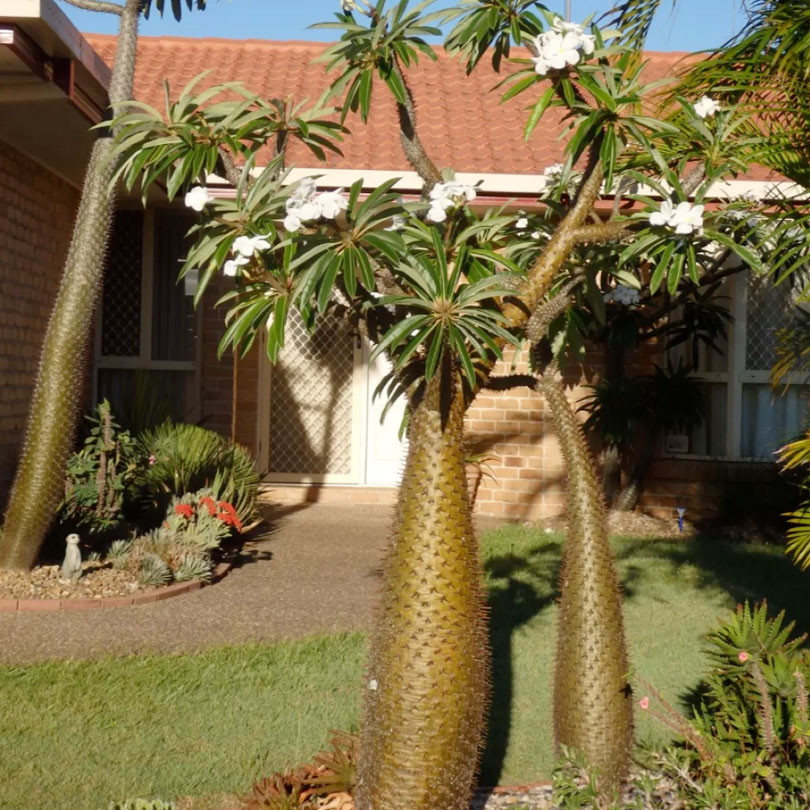
6. Pachypodium, the elephant foot plant.
Elephant foot refers to several plants, including a yam from Africa, Asia and the Tropical Pacific islands, but the most common is the ponytail palm, Beaucarnea recurvata, which many folks now have in their indoor gardens. It is native to Texas and Mexico and can grow in the wild up to 20 feet tall. Its other name is bottle plant and you can see why: it has a bulging stem, or caudex, that holds water.

7. Pony tail palm.
Growing from the top of the pony tail palm stem is a shower of strappy green leaves and out of that, when conditions are good, will emerge large racemes of creamy white flowers, very showy on the wild plant.
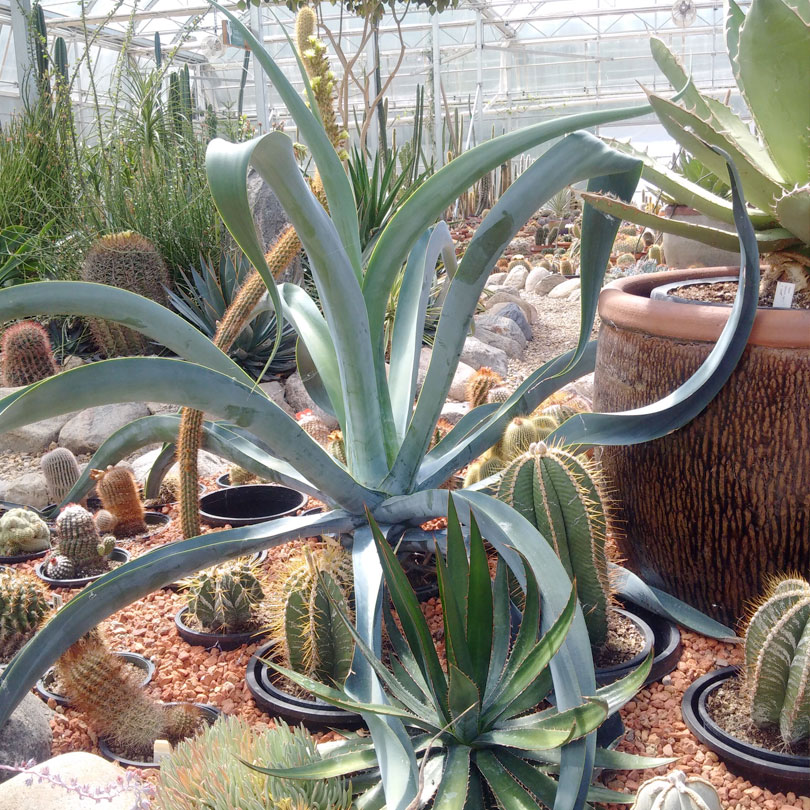
8. Survival code?
Succulents do everything they can to survive in tough conditions. They have stems that can photosynthesize. They have few stomata (the eyelid type breathing pores that occur manly on the underside of the leaves of plants); they have shallow roots to allow for the collection of every bit of rain or even dew that falls. They have thick skins and won’t shrivel at temperatures as high as 54 C (126 F).
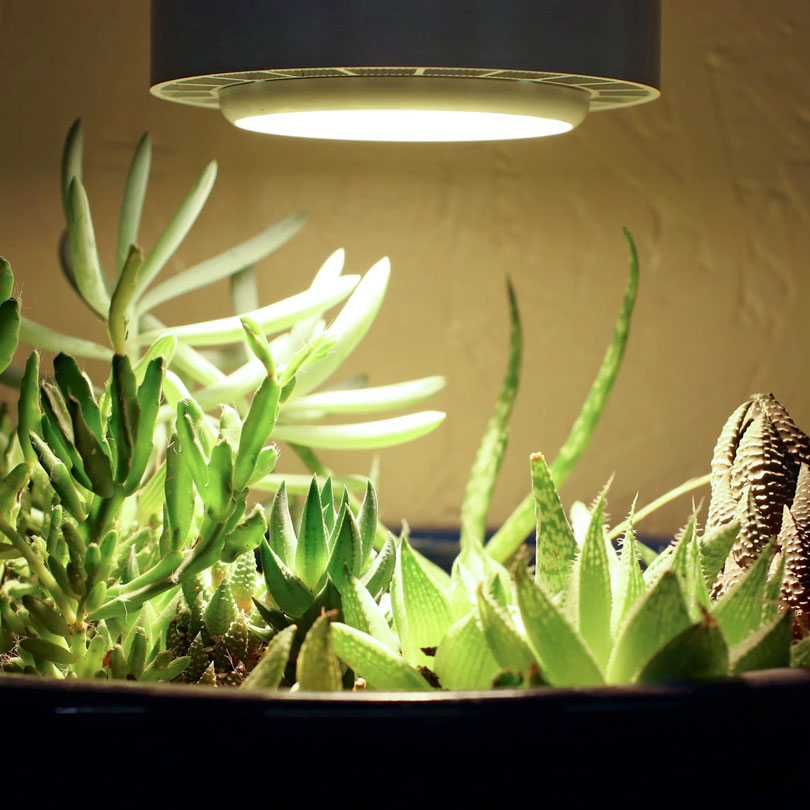
9. Come on inside.
Succulents are said to be easy to grow indoors, but for many of them this is true only if you can provide lots of sunlight – five to six hours a day of sunlight. Indoors, the green plants do much better than the others. Plant them in pots that breathe, such as terra cotta. Just keep the soil damp rather that wet or even moist.

10. Some really cool succulents.
There are about 7,200 species of succulents so the choices are virtually unlimited. But for sheer fascination, look for pachypodium for bulbous stems and unusual shapes; Cleistocactus strausii – silver woolly torch cactus, with its tall columns of spiny stems and horizontally-growing, burgundy flower stems; or the starfish succulent (Stapelia gigantea).

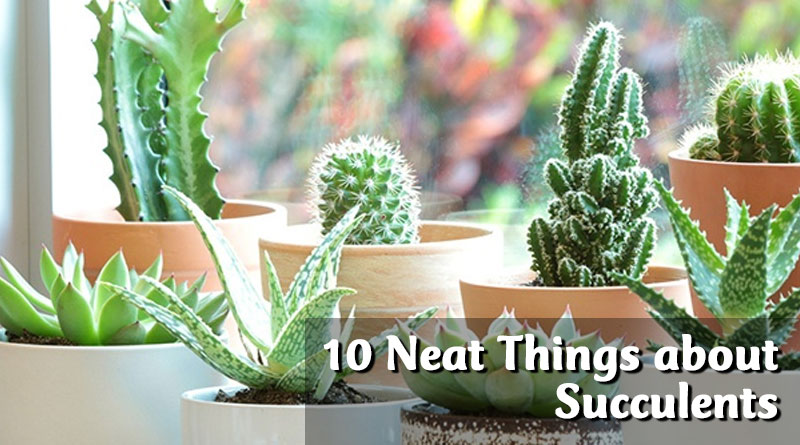

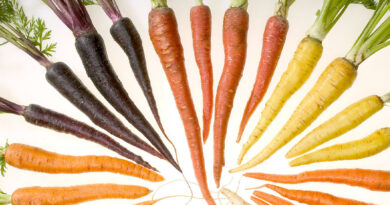
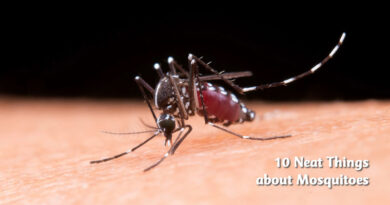
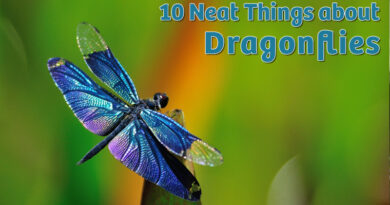
Pingback: The Gardener on CJNU Aug 18 - Canada's LOCAL Gardener magazine